The $50 Million Exit You’ve Never Heard About
Rick B. built his company the old-fashioned way — with grit, risk, and relentless problem-solving.
What started in a small garage grew into a thriving manufacturing business valued at over $50 million. After decades of 14-hour days, Rick was ready to step away. But there was one major obstacle: taxes.
Selling to a private buyer would’ve triggered an eye-watering tax bill — nearly $18 million in federal and state taxes combined. Years of sweat equity and sacrifice, gone in an instant.
Rick couldn’t stomach it.
“I worked my whole life to build this, and now I’m going to lose over a third of it in taxes?”
Then his CPA handed him something that changed everything — a memo about Employee Stock Ownership Plans (ESOPs) and a little-known provision of the tax code called Section 1042.
The Smarter Exit Strategy: ESOP + Section 1042
Rick’s business was structured as a C-corporation. He owned 100% of the shares and had held them for well over three years — perfect qualifications for Section 1042 tax deferral.
Here’s the strategy Rick used:
He sold 100% of the business to an ESOP
He reinvested the proceeds into Qualified Replacement Property (QRP)
He deferred all capital gains taxes on the $50 million sale
That decision saved him $10 million to $18 million in taxes — immediately.
How Does Section 1042 Work?
Section 1042 allows owners of closely held C-corps to defer capital gains taxes when they sell to an ESOP, if:
At least 30% of the company is sold to the ESOP
The seller has held the shares for 3+ years
The proceeds are reinvested in Qualified Replacement Property (QRP)
If these boxes are checked, the capital gains tax can be deferred indefinitely — and potentially eliminated entirely if the seller holds the QRP until death (thanks to step-up in basis).
What Is Qualified Replacement Property (QRP)?
QRP includes stocks and bonds of domestic operating companies. That generally means:
S&P 500 stocks
Diversified ETFs
Actively managed mutual funds
By shifting his company sale proceeds into a carefully built QRP portfolio, Rick created a diversified investment strategy that paid income through dividends and appreciation — without triggering immediate taxes.
This Wasn’t Just About Taxes
Rick’s story wasn’t only about money. Selling to an ESOP helped Rick:
Keep leadership in place
Reward his employees with ownership
Avoid private equity buyout chaos
Preserve his company’s legacy
Employees became beneficial owners. Morale went up. And the company continued operating without disruption or layoffs.
Rick left with peace of mind — knowing the team who built the business was now invested in keeping it strong.
The Trade-Offs
Of course, this strategy isn’t for everyone. ESOPs come with real costs:
Legal and setup fees often exceed $100,000
Ongoing valuation, trustee, and administration fees
Complexity in deal structuring and QRP investment selection
But for Rick — and for many founders like him — the trade-offs were worth it.
Is This Strategy Right for You?
You might be a good fit for this approach if:
You own 30% or more of a C-corporation
You’ve held your shares for 3+ years
You want to defer or eliminate capital gains taxes
You care about employee ownership and business continuity
This is especially powerful for business owners who want to exit without losing half their life’s work to taxes or watching their culture get dismantled.
Final Thoughts
This isn’t a loophole. It’s a proven, IRS-sanctioned strategy that business owners have been quietly using for decades.
Rick didn’t just sell. He engineered a legacy, walked away with all $50 million still working for him, and gave his employees a future they could own.
If you're thinking about selling your business, don't let taxes write your story.
Let’s model your numbers and explore your options — no pitch, no pressure, just clarity.
Book a free 15-minute clarity call here.


